Submitted by Berrin Chatzi Chousein
Studio Daniel Libeskind Awarded Design of Canada’s National Holocaust Monument
Turkey Architecture News - May 13, 2014 - 17:18 9231 views
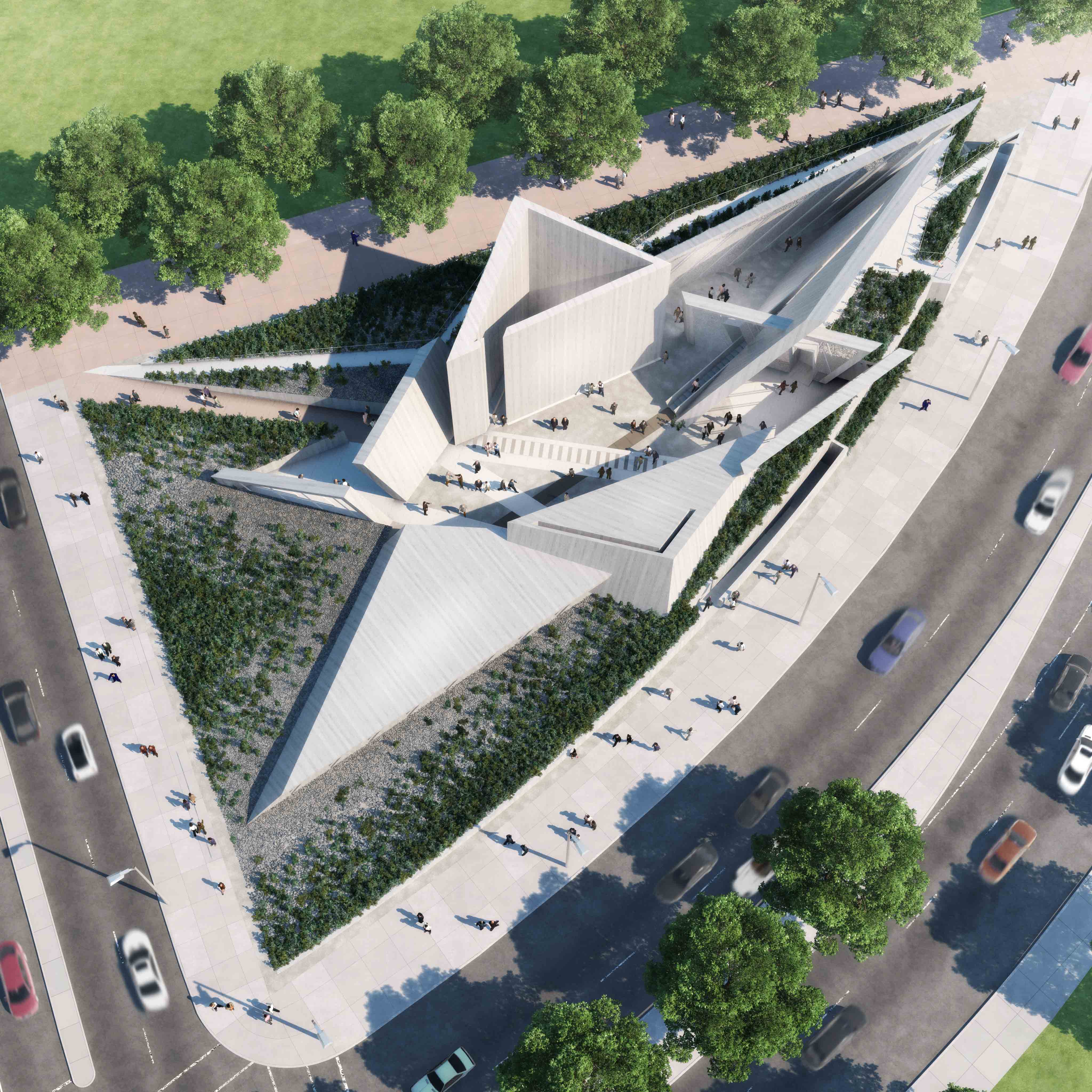
The renowned design team includes Lord Cultural Resources, photographer Edward Burtynsky, and landscape architect Claude Cormier
OTTAWA, ON—Minister of Canadian Heritage and Official Languages Shelly Glover and Minister of Foreign Affairs John Baird, along with Minister of State (Multiculturalism) Tim Uppal announced today the awarding of the National Holocaust Monument National Design Competition to the team led by Lord Cultural Resources. The National Holocaust Monument, established through the National Holocaust Monument Act by the Government of Canada, will ensure a permanent, national symbol that will honour and commemorate the victims of the Holocaust and recognize Canadian survivors. The Monument will stand on a .79 acre site at the intersection of Wellington and Booth Streets within the historic LeBreton Flats in Ottawa, symbolically located across from the Canadian War Museum.
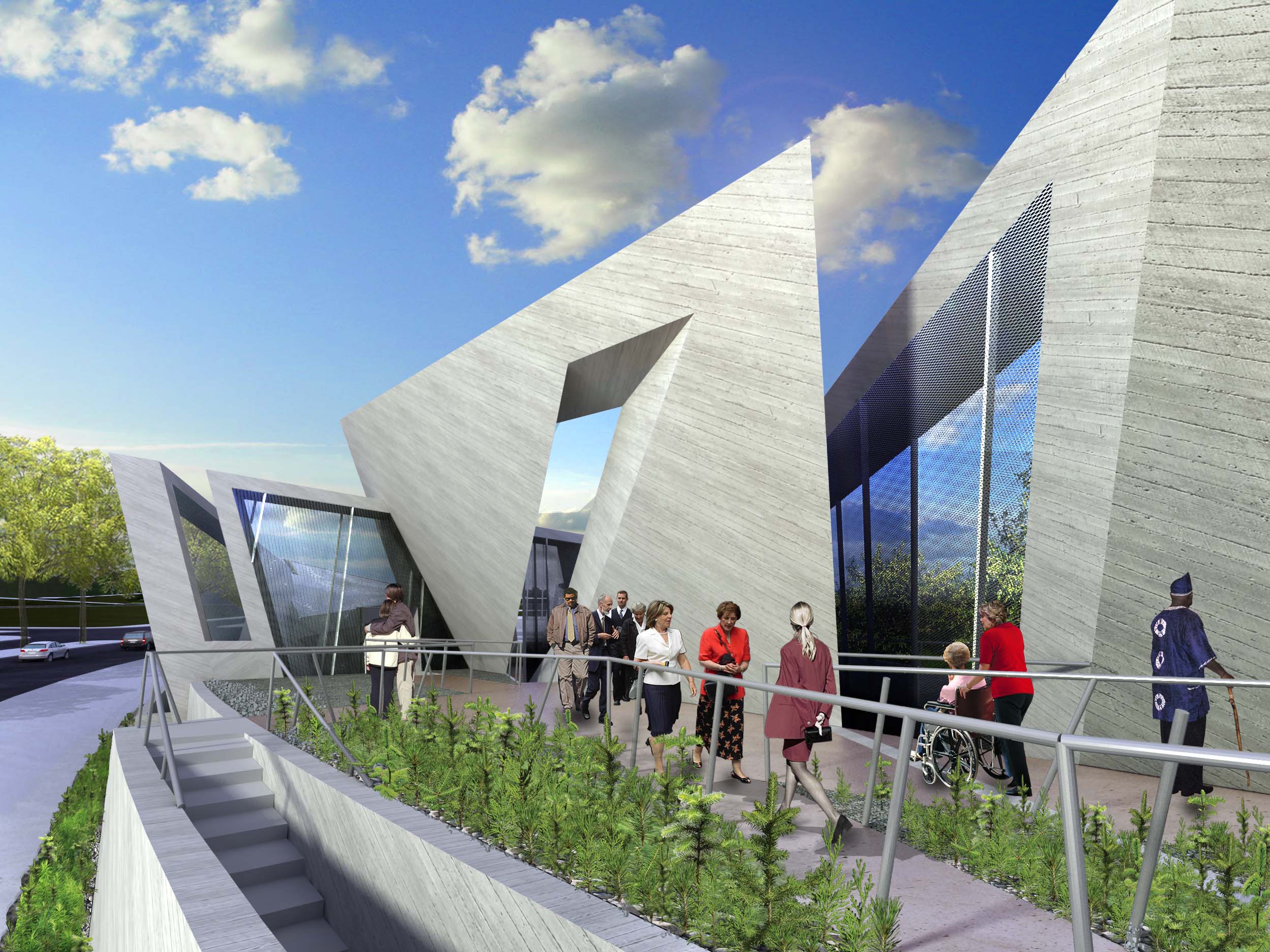
"We are deeply honoured to be entrusted to design the monument to Holocaust victims and survivors, and we are committed to creating a place of meaning and value for all Canadians in our country's capital," said Gail Lord, President of Lord Cultural Resources, who will lead the multi-disciplinary and multi-cultural team that includes renowned architect Daniel Libeskind, Canadian photographer Edward Burtynsky, Quebec-based landscape architect Claude Cormier and University of Toronto Holocaust scholar Doris Bergen.
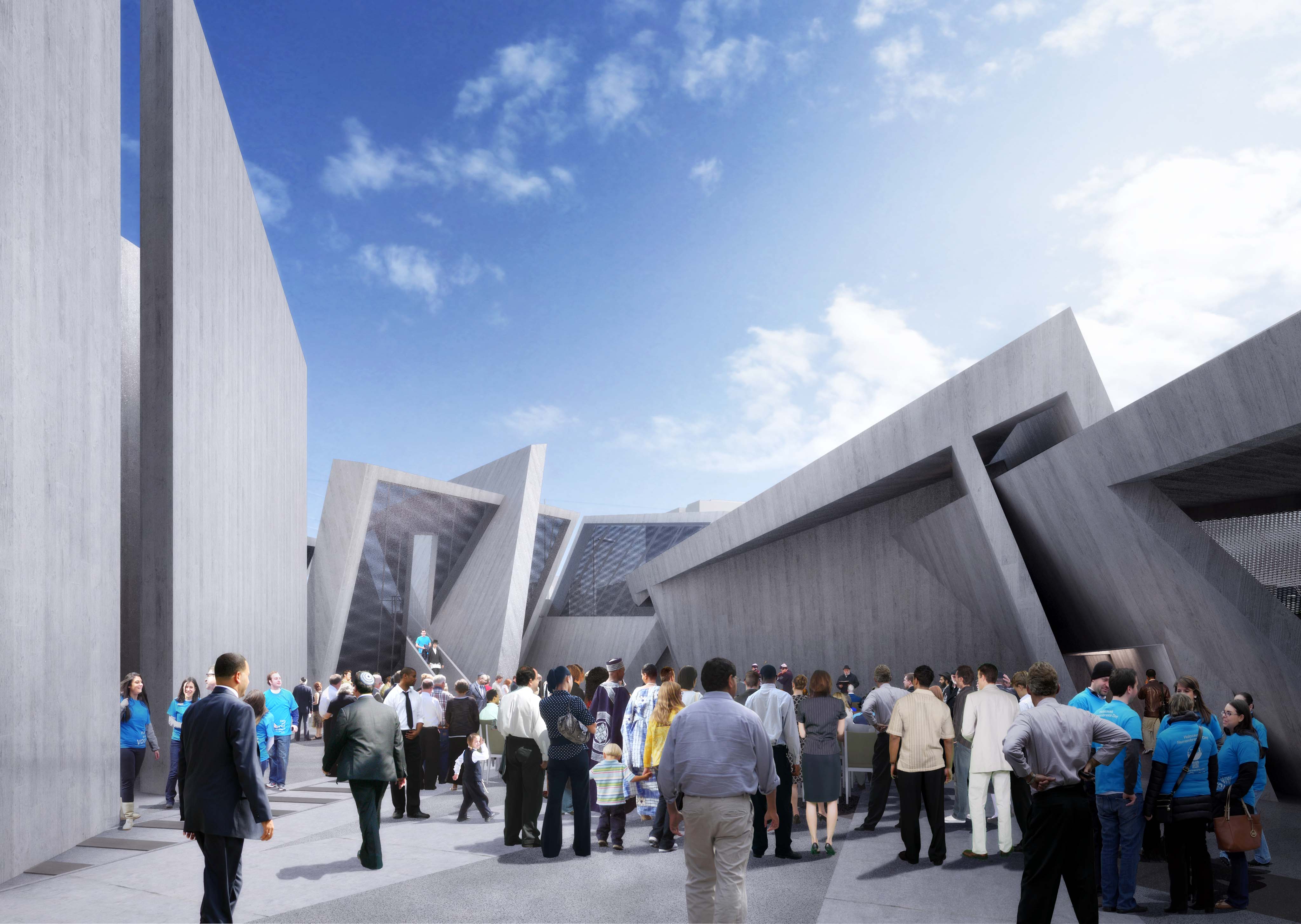
"I am humbled by this opportunity to create a memorial for the people of Canada,” said Daniel Libeskind. “Through the transformative power of architecture, I believe this monument will become an important place for memory, remembrance and the celebration of the resilience of the human spirit," added Libeskind.
The Monument is conceived as an experiential environment comprised of six triangular, concrete volumes configured to create the points of a star. The star remains the visual symbol of the Holocaust – a symbol that millions of Jews were forced to wear by the Nazi’s to identify them as Jews, exclude them from humanity and mark them for extermination. The triangular spaces are representative of the badges the Nazi’s and their collaborators used to label homosexuals, Roma-Sinti, Jehovah’s Witnesses and political and religious prisoners for murder.
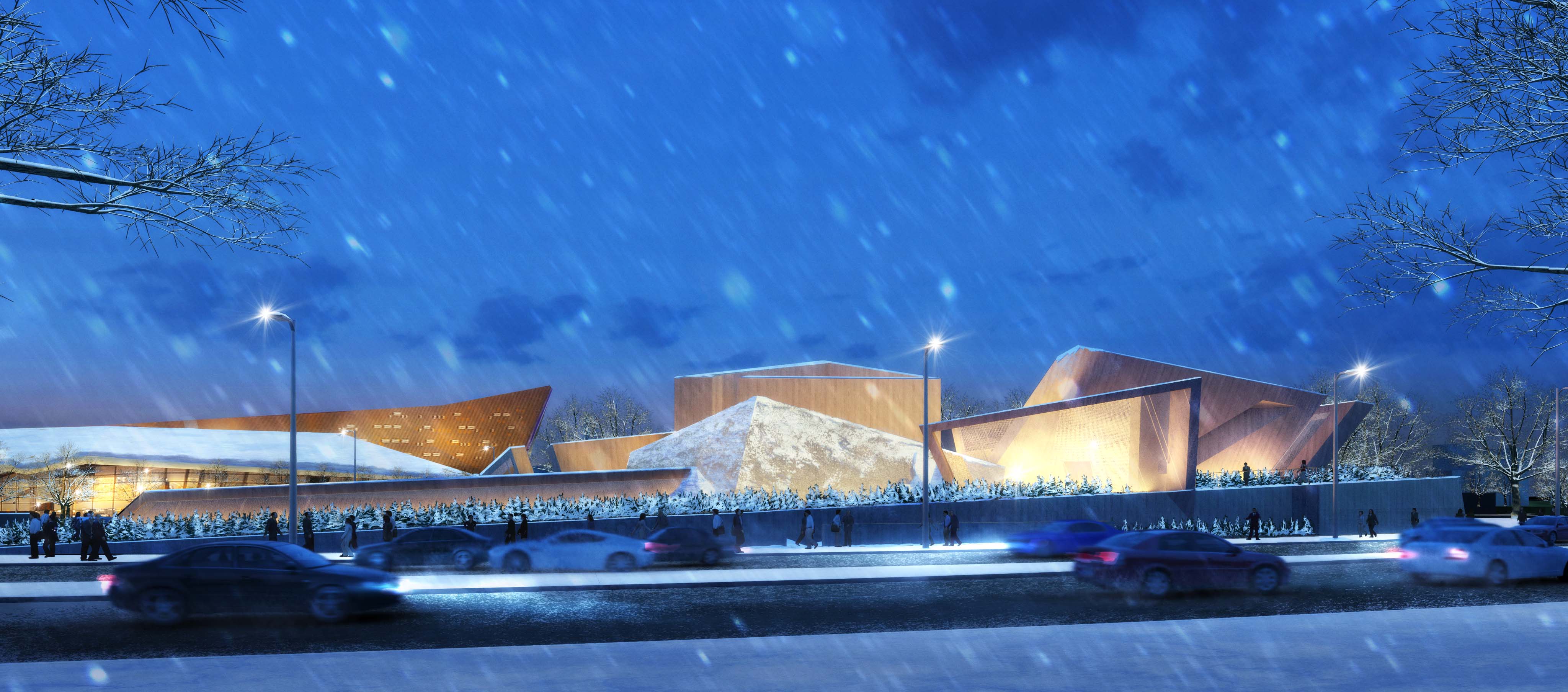
Original, large scale monochromatic photographic landscapes of Holocaust sites – death camps, killing fields and forests – will be imbedded in the concrete walls of each of the triangular spaces.
These photographic installations will change with the light and with the movement of the viewer. Surrounding the spaces, a forest composed of various coniferous trees will emerge from the rocky pebbled ground. This landscape will evolve over time representative of how Canadian survivors and their children have contributed to Canada.
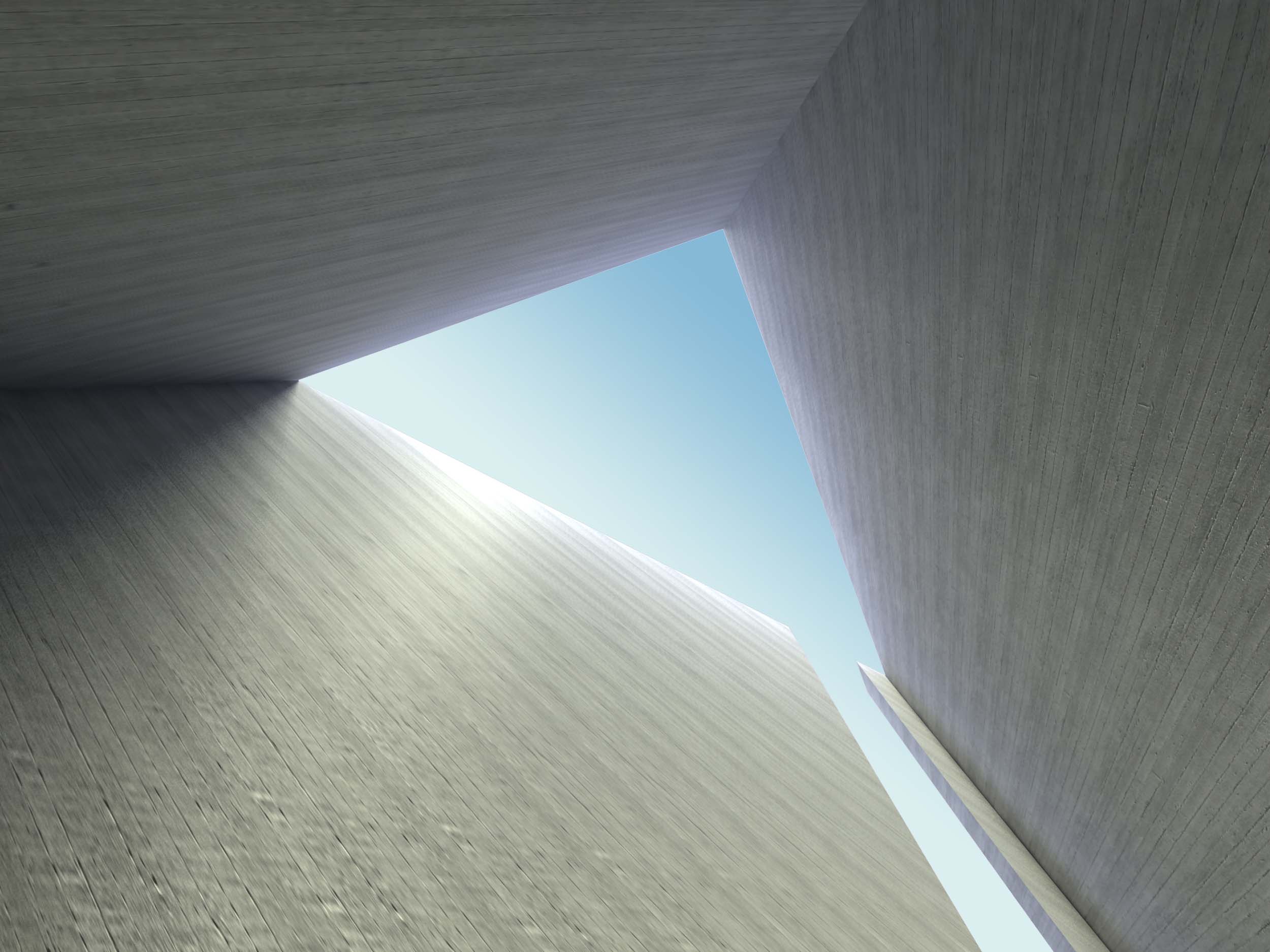
The National Holocaust Monument will be a place of memory and mourning, honoring and commemorating, a space for questioning and learning. The Monument is an experience that combines architecture, art, landscape and scholarship in ways that create an-ever changing engagement with one of the darkest chapters of human history while conveying a powerful message of humanity’s enduring strength and survival.
The National Holocaust Monument is expected to open to the public in the fall of 2015.
About Daniel Libeskind
Daniel Libeskind established his architectural studio in Berlin, Germany, in 1989 after winning the competition to build the Jewish Museum in Berlin. In February 2003, Studio Daniel Libeskind moved its headquarters from Berlin to New York City when Daniel Libeskind was selected as the master planner for the World Trade Center redevelopment. Daniel Libeskind’s practice is involved in designing and realizing a diverse array of urban, cultural and commercial projects internationally. The Studio has completed buildings that range from museums and concert halls to convention centers, university buildings, hotels, shopping centers and residential towers. In addition to the New York headquarters, Studio Libeskind has European partner offices based in Zürich, Switzerland and Milan, Italy. For more information, visit www.daniel-libeskind.com.
All Images © Studio Daniel Libeskind
> via Studio Daniel Libeskind
